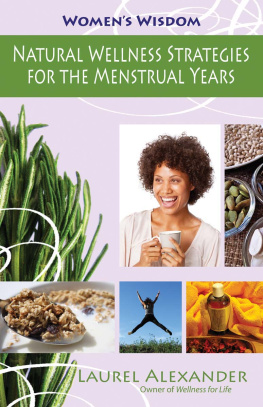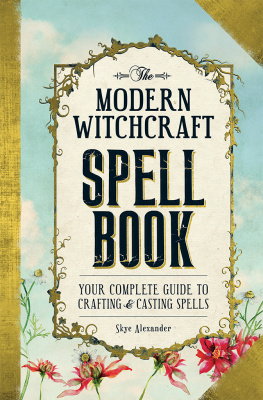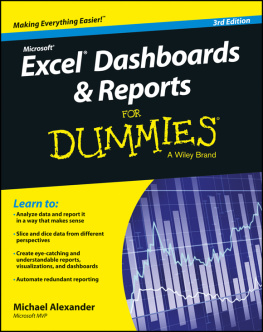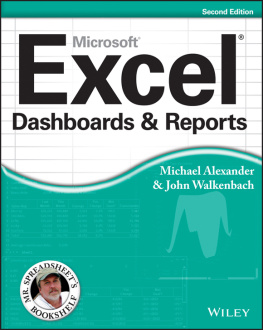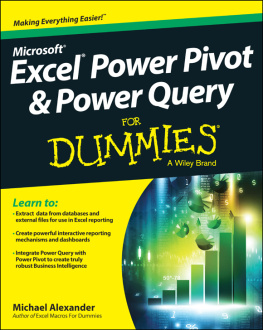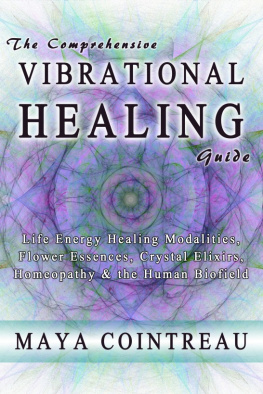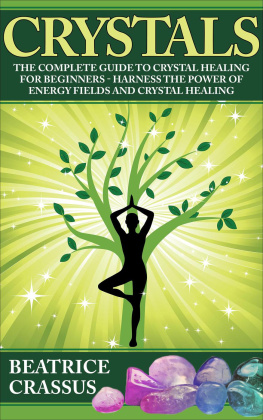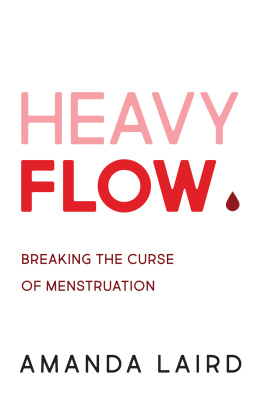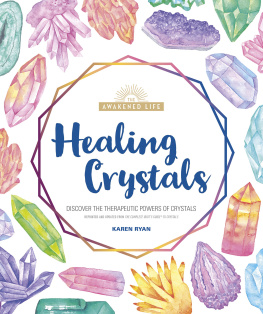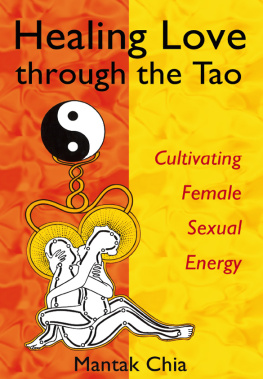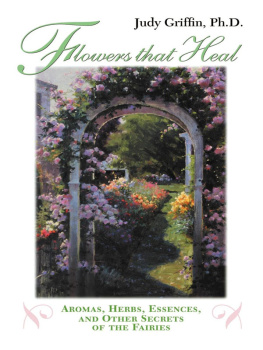
Laurel Alexander 2013
The right of Laurel Alexander to be identified as the author of this work has been asserted by her in accordance with the Copyright, Designs and Patents Act 1998.
Published in 2013 by Findhorn Press, Scotland
ISBN 978-1-84409-594-0
All rights reserved.
The contents of this book may not be reproduced in any form, except for short extracts for quotation or review, without the written permission of the publisher.
A CIP record for this title is available from the British Library.
Edited by Nicky Leach
Cover design and illustrations by Richard Crookes
Interior design by Damian Keenan
Printed and bound in the EU
1 2 3 4 5 6 7 8 9 17 16 15 14 13
Published by
Findhorn Press
117-121 High Street,
Forres IV36 1AB,
Scotland, UK
t +44 (0)1309 690582
f+44 (0)131 777 2711
e
www.findhornpress.com
CONTENTS
Disclaimer
The information in this book is given in good faith and is neither intended to diagnose any physical or mental condition nor to serve as a substitute for informed medical advice or care.
Please contact your health professional for medical advice and treatment. Neither author nor publisher can be held liable by any person for any loss or damage whatsoever which may arise from the use of this book or any of the information therein.
Prologue
I began this book the day my monthly bleed started in February 2012. It seemed the right time to begin a book on menstruation, as women are at their most creative a few days before, and the first couple of days into, their period. During this time, we can connect to our inner wisdom and draw out into daily living that which makes our lives authentic.
For a while, I am your guide for your menstrual journey. For the next few moments, let me share my journey with you.
I feel sad for the emptiness of my first blood. My mother wasnt present. My sister and stepfather told me of the practicalities of what would happen. It was a sterile exercise, and I entered womanhood with fear.
When I was a teenager, my period pains were horrendous. I recall lying in the sickroom at secondary school until I could stand it no longer and went home. I then threw up on the bus, much to the consternation of my fellow passengers.
We didnt have enough money for sanitary pads, so I was given cotton wool to soak up the blood. You can imagine the uncomfortable stickiness! My hand-me-down underpants (from my older sister) bulged with pad and cotton wool, and I remember the shame when it came to PE lessons. Another thing I remember was sanitary belts, which went around the waist with a hook front and back that linked with the loops on the sanitary pads. These have been around since the 19th century. Mine was a tad more modern than thatbarely.
As I grew into womanhood, I was finally in charge of my own sanitary protection, thank heavens. I tried using tampons, but they made me physically sick to insert. Since then, I have found out that my vagina is very small. Pap smears were always painful until a kind nurse mentioned that I should always ask for the instruments suitable for virgins.
My emotions during the week before my period used to be dreadfulfull of anger. When I was younger, the anger coiled around me like a poisonous snake before I spat it out over others. As I grew into womanhood, the anger was still thereand I spat it out over my patients and bewildered husband, instead.

This ice-cream cone is my premenstrual self as painted by my sister, Zangmo (www.creativewayart.com), many moons ago. Zangmo is an artist, creativity coach, and Buddhist nun in the Tibetan tradition. For me, the picture encapsulates my energetic pain at the time.
Since those days my understanding and experience of my menstrual cycle has clarified, and the internal and external pain linked to my menstruation has eased for me now. I have come to terms with my feminine side and am aware that I can choose to handle my emotional, mental, and spiritual turbulence appropriately throughout the month, and not let it fester until a week before my bleed. Now, as a wise woman of menopausal energy, I work with younger women who wish to expand beyond their menstrual limitations and celebrate their spiritual connections.
My interest in the philosophy of the Wise Woman Tradition spans many years. For me, the weave of ancient eclectic beliefs and values combined with practical application and modern psychology has provided a natural pathway through the milestones of life. In this book, I would like to share with you some of the tools I use with both menstruating women and myself, and which you may like to work with on your special journey through your menstrual years. Choose instinctively, and travel with Spirit.
Laurel
CHAPTER 1
Moving Through the Menstrual Cycle
W e begin to menstruate between 10 and 14 years old and continue until we reach 45-55 years of age. At that point, the natural menopausal transition heralds the cessation of monthly menstrual cycles and our child-bearing years.
Most women have menstrual cycles of about 28 days, but cycles can range from 2136 days. A woman can be healthy and normal and have only a few cycles a year. If you have concerns, consult your GP or healthcare professional, as there may be an underlying condition affecting your menstrual cycle.
Did you know?
Menstrual Cycle
Follicular phase
The first phase is the follicular phase and begins on day 1 of your bleed, when the reproductive hormones estrogen and progesterone are at their lowest. The most active hormone at this stage is estradiol, the most potent of the three types of estrogen in the body. If fertilization doesnt occur, the spiral arteries of the lining close off, stopping blood flow to the surface of the lining. The blood pools into venous lakes that burst once they are full, and with the endometrial lining form your menstrual flow. Uterine cramping is one of the most common uncomfortable sensations women may have during menstruation. There are two kinds of cramping:
- SPASMODIC CRAMPING: Resulting from the production of prostaglandins, the hormone-like substances that regulate pain and inflammation in the body by causing either relaxation or constriction of the smooth muscles.
- CONGESTIVE CRAMPING: Resulting from possible food allergies (mainly wheat, dairy, or alcohol), which can increase estrogen levels, creating pelvic congestion and causing the body to retain fluids and salt.
Next page
